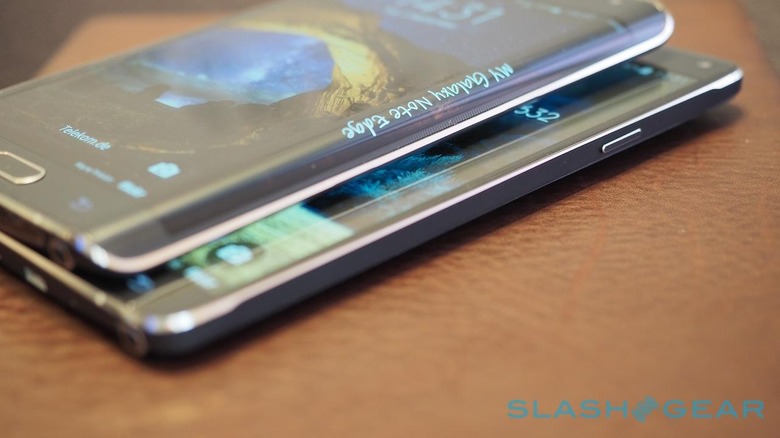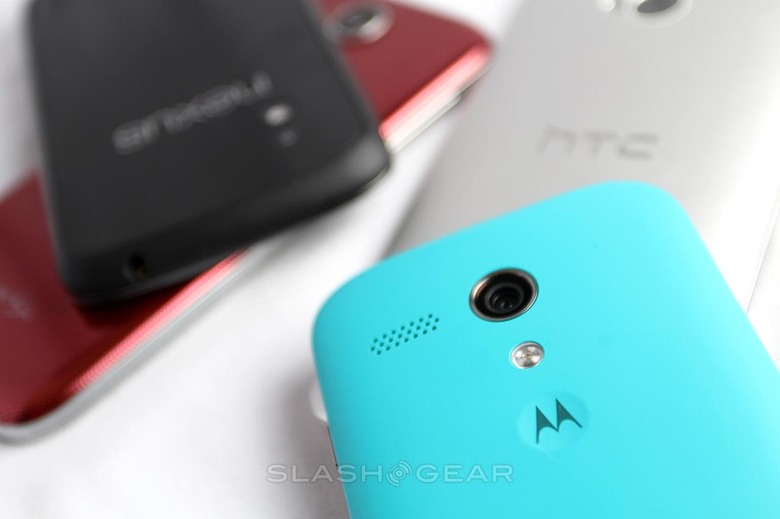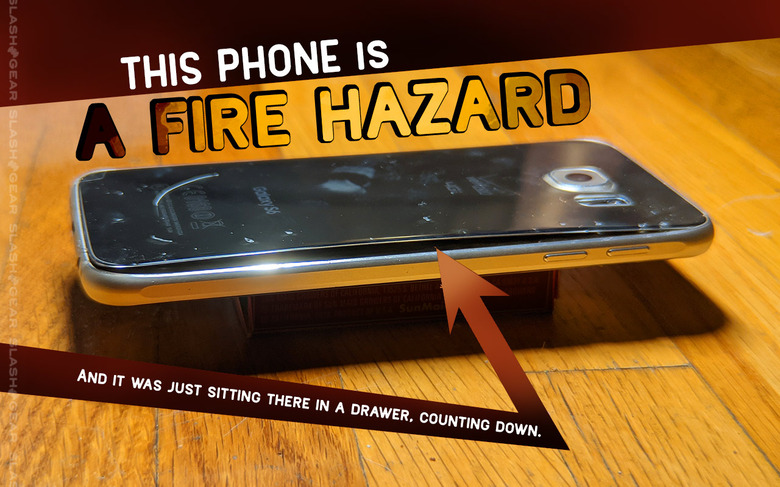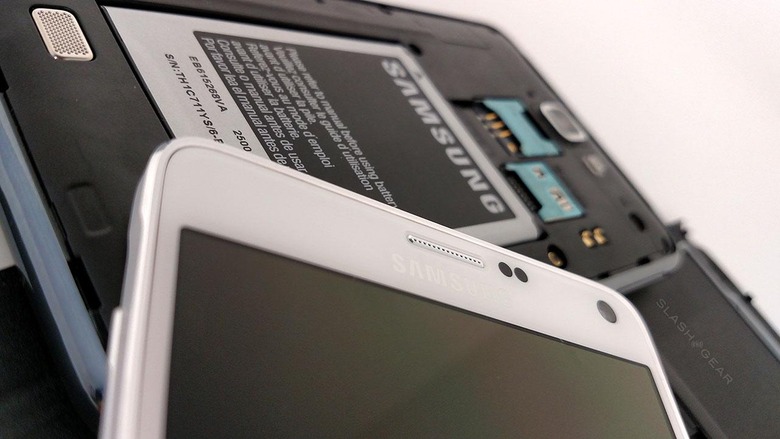Old Smartphone As External Data Storage - How, Why, And Why Not
So you're in need of a bit of data storage, and you've got a drawer full of old phones. This was the situation I found myself in this past week – and I had questions. Today I'd like to share with you what I'd learned, what I think you might want to try, and which bits and pieces of this situation you'll do well to avoid.
As a graphic designer and a data hoarder, I've owned quite a few external hard drives over the past couple of decades. Since data storage is so (relatively) inexpensive now, it's not unreasonable to simply buy a new external hard drive each time I've filled up the rest.
But I'm not going to buy a new product if I already have a product at home that'll work just as well. I took to the old phone box to see what it'd take to convert these complicated computing devices into simple digital storage bins.

Access an old iPhone
When I plug an old iPhone into a macOS or Windows PC, I can relatively easily send files using iTunes. If you're not particularly excited about using iTunes, there are several apps that make the process relatively easy. You'll want to check out iMazing (formerly DiskAid) and the app called "Coolmuster Free iPad iPhone iPod Disk Mode".
We've taken a look at this connection from another angle recently in our article This Christmas, harvest files from your old phone.

Access an old Android
Android devices generally allow simple file access via USB. If you're plugging an Android device into a macOS device, you'll need Android File Transfer from Google. A fantastic alternative app for this same process is OpenMTP.
If you plug an Android device in to a Windows PC, you'll quite likely gain access automatically. The process of allowing the PC access to the Android device is different depending on the version of Android the device is using. Most of the time, the process will require you to manually tap the "turn on USB storage" button.
Newer Android devices will show a button in notifications that'll allow you to choose the sort of USB connection you'd like to use. USB settings should show "USB controlled by – This phone", and "Use USB for – Transferring files".
Software incompatibility – and the difficulties one can run into at this point in the process – make for our first major reason why you might want to avoid using a smartphone as a hard drive.

That pesky battery
Perhaps the most important reason why you might want to avoid using a smartphone as a hard drive is the phone's lithium ion battery. Those batteries have the potential to fail in spectacular fashion. If you find yourself with a phone with an expanded battery, you might've just lost all that data.
At the same time, smartphones released more than a half-decade ago came with removable battery options. If you've got an Android device with a removable/replaceable battery, there's a good chance it'll also draw power from a USB connection. In this way, you'll be able to use an old phone as an external hard drive without worrying about a failing battery.

Off the internet
If you're planning on using a smartphone as a drive to carry your precious files, you should strongly consider disconnecting the device's ability to connect to any other device wirelessly. As was shown this week, even the most advanced smartphones carry the potential (however slight) to fail in the face of a malicious hacker attack. Keeping that phone disconnected from any wireless protocol lowers considerably the device's potential vulnerability to attack.
